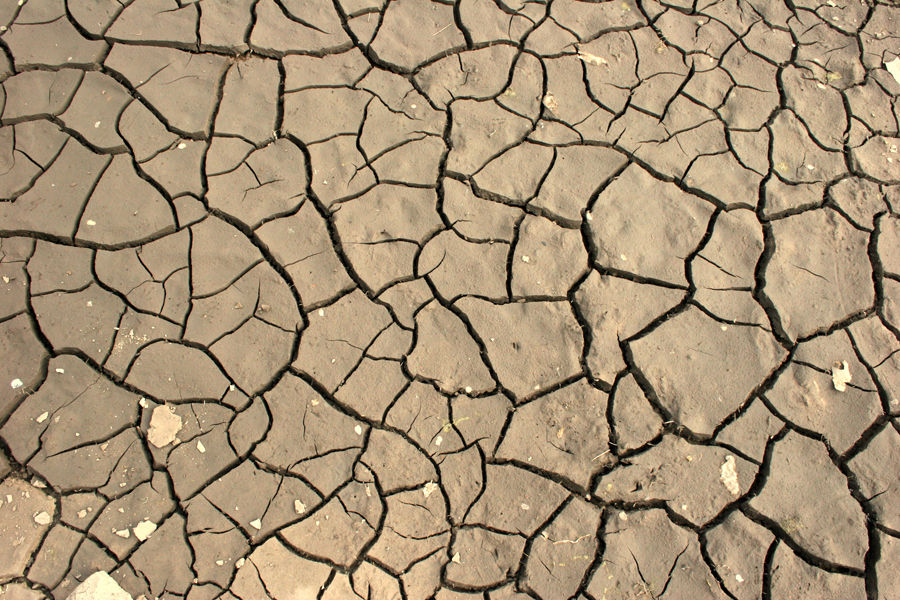LIHUE — The drought that is gripping Kauai is expected to improve in some areas — and become more severe in others.
“The outlook is that the windward sides should be getting more rain, but unfortunately the leeward sides will stay dry or get drier,” said NWS hydrologist Kevin Kodama. “The existing drought will at least persist, if not get worse.”
A 45-mile stretch of coastline from Kapaa to Polihale is in the throes of a moderate drought, said Tom Birchard, meteorologist for the National Weather Service in Honolulu. The Westside and South Shore have been in a moderate drought since February, with lower portions of the Eastside only just gaining that status last month.
Interior Kauai and Niihau are one mark less severe, which is abnormally dry.
So far this year, rainfall gauges across Kauai have recorded precipitation at levels that are about 50 percent below normal, Birchard said. Lihue Airport had 12 inches of rain from October to April, which is the driest wet season recorded there in the last 30 years.
The culprit is El Nino, an irregularly occurring weather pattern that results in temperature and rainfall changes in the Pacific Ocean.
As June carries on, the lack of rain continues.
The dry conditions have so far had no significant effect on the county’s water supply, said Kim Tamaoka, spokeswoman for the Department of Water. The department’s main water source is groundwater and it takes years for rain to percolate into the groundwater aquifer lens, she said. So although the island is experiencing a lack of rain, it would take a severe and extended drought to generate any cause for concern in terms of public water availability.
In 2014, the average amount of water produced islandwide from May to August by deep wells and the Hanamaulu Surface Water Treatment Plant was 12.85 million gallons per day, she said.
“Currently, there are no indications that any of our systems are decreasing in source water supply,” she said in a prepared statement. “However, if an extended drought should happen and its effects are predicted to become a cause for concern, we would initiate strong outreach efforts to the public regarding water conservation and drought education.”
The department has never implemented water restrictions. But Tamaoka said it did, during a past drought, issue public notices aggressively urging the public to conserve water.
The NWS has so far received no reports of drought-related impacts from folks on Kauai, such as farmers, who depend on rainfall.
But rainfall hasn’t completely abandoned this island famed for its lush greenery. While summer is expected to be drier than normal in places already plagued by drought, the North Shore and upper coastal portions of the Eastside are predicted to be wetter than normal through September.
Normal monthly rainfall totals for July, August and September are about a half an inch in Waimea, an inch and a half in Hanapepe, 1 to 2 inches in Lihue and 5 to 6 inches in Wailua, Kodama said. These areas, however, will likely see less rain this year.
Even Mt. Waialeale, previously considered the wettest spot on Earth, is experiencing the pinch. The mountain collected 38 percent less rainfall than normal this year through the end of April, according to data from the National Weather Service. In January, rainfall at the summit totaled little more than 4 inches.
Though Waialeale’s average annual rainfall total is 394 inches, recent years have been starkly different. In 2014 the USGS gauge on Waialeale recorded 267 inches of cumulative rainfall. While still the highest rainfall total in the state, that’s 32 percent less than the annual average. It’s also the lowest annual total at the site since 1993, when 244 inches fell.
Droughts make for dangerous conditions for brush fires and a change in normally lush landscapes.
Carl Berg, chairman of the Surfrider Foundation’s Kauai Chapter, said some of the island’s streams are drying up. With little water flow, there’s fewer bacteria — which is a silver lining of sorts.
Berg said the island’s stream bacteria counts were lower than normal on Saturday when volunteers took water samples and tested them for Enterococcus bacteria at 27 locations.
The last time a moderate drought was recorded on the island was November 2013.


